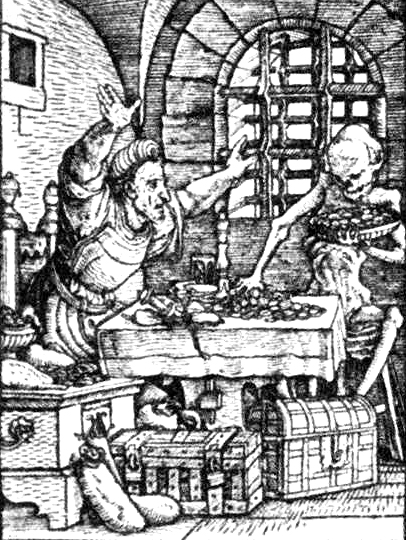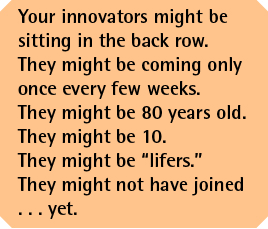What to Do When the Majority Is Wrong
We’ve written before about church math—how it doesn’t add up the way we expect it to.
They go ahead and put things in motion and discover that instead of two churches with 100 members each merging to form one church of 200, they now have one church with 50.
Here’s another math problem for churches. Which is more reliable? One voice or thirty?
Imagine a controversial issue. The Church’s usual response is to form a committee of 30, choosing the best minds of people representing all sides of an issue. Finding the right committee members could take months!
Next, schedule meetings and discussion groups. Fly committee members all over the country, if necessary. Add a few more months to the process. At last, write a social statement that defines the group’s resolution. Attach a disclaimer to the end that negates everything the paper says to satisfy the minority and trust that no one will read that far.
Publish the committee’s report with fanfare. Post it on the web. Forget about it.
The issue usually remains unresolved, but at least there is something to provide to curious outside parties. They probably won’t read the whole thing.
Nobody is really happy. The most disgruntled will leave. Life will go on as if the committee had never met in the first place.
Some issues are not for group resolution. They are for us to resolve as individuals with our consciences open to God. Kudos to the founders of the ELCA in recognizing this with their constitutional “interdependence.”
The problem is they failed to provide a structure to support the goal of interdependence.
When individuals resolve issues in their own minds, their ideas take on power. Passion results and passion is high-octane fuel.
Committees have power only when there is a dynamic leader. Otherwise, they sputter along on watered-down low octane.
Sometimes the majority is wrong.
There aren’t too many examples of majority voting in the Bible.
- The majority voted to create a Golden Calf.
- The majority voted for King Saul.
- The majority voted for Barabbus.
The Bible is largely a record of the power of individual faith—self-discernment. God usually spoke to individuals in the Bible. It’s mankind that strives for the validation of numbers.
Mark Schaefer tells an interesting cautionary tale in a recent post.
This true story is about a company who routinely spends significant money on product research. focus groups and consumer surveying. They were proud of their process and product.
Then one day one person said something that made a difference.
Fortunately, he was heard and the company acted on it. It wasn’t popular. The company was making big changes based on a comment of just ONE person. There was plenty of grumbling.
Read the story. In the end, they were all thankful they had listened.
How does the church treat the lone voices out there?
Church people are like any organization. We discuss. We vote. We follow majorities. Sometimes we work toward consensus. Sometimes we follow orders. Sometimes when the numbers aren’t going our way, we look for ways to bypass our rules.
Rarely do we find a place for that lone voice that persistently says, “Wait a minute. This may not be the way we ought to go.”
Sometimes one person is right and the majority is wrong. It can be a very uncomfortable pew!
We must make room for the lone voice.
If we don’t, we are squandering resources.
Sadly, that’s usually just fine with the Church.
















